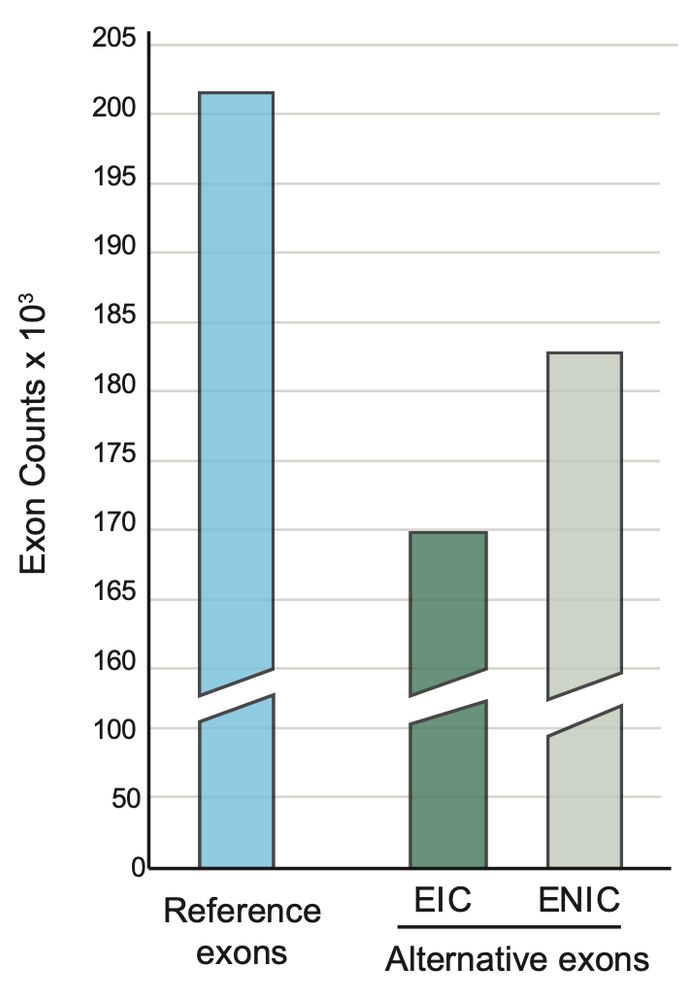Giovanna Weykopf
@gweykopf.bsky.social
84 followers
200 following
45 posts
PhD student in the Bickmore lab at @MRC_hgu in Edinburgh | gene regulation, enhancer biology, genetic risk variants 🧬 | sport enthusiast 🏃🏼♀️🏋🏻♀️🏇
Posts
Media
Videos
Starter Packs
Giovanna Weykopf
@gweykopf.bsky.social
· Jul 30
Giovanna Weykopf
@gweykopf.bsky.social
· Jul 30
Giovanna Weykopf
@gweykopf.bsky.social
· Jul 30
Giovanna Weykopf
@gweykopf.bsky.social
· Jul 30
Giovanna Weykopf
@gweykopf.bsky.social
· Jul 30
Giovanna Weykopf
@gweykopf.bsky.social
· Jul 30
Giovanna Weykopf
@gweykopf.bsky.social
· Jul 30
Giovanna Weykopf
@gweykopf.bsky.social
· Jul 30
Giovanna Weykopf
@gweykopf.bsky.social
· Jul 30
Giovanna Weykopf
@gweykopf.bsky.social
· Jul 30
Giovanna Weykopf
@gweykopf.bsky.social
· Jul 30
Giovanna Weykopf
@gweykopf.bsky.social
· Jul 30







